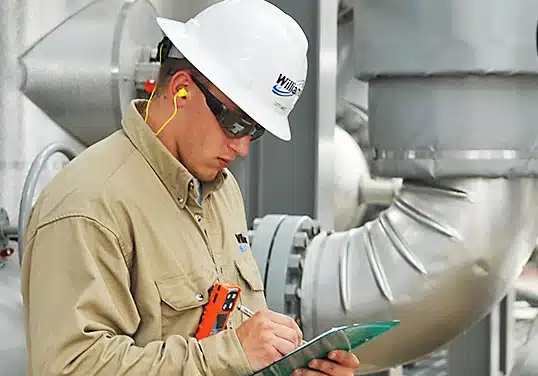API 580 refers to the Risk-Based Inspection (RBI) program developed by the American Petroleum Institute (API). This program provides guidelines for assessing and managing the risks associated with pressure equipment, such as pressure vessels, piping, and storage tanks.
What is Risk-Based Inspection (RBI)?
- Risk Assessment:
- Risk is the possibility of something bad happening, like a failure or accident.
- In RBI, risk is calculated by considering two factors:
- Probability of Failure (PoF): How likely is it that something will fail?
- Consequence of Failure (CoF): If it fails, how bad will the impact be? This includes safety, environmental, and economic impacts.
- Inspection Planning:
- RBI helps prioritize which equipment to inspect first based on the calculated risk. Equipment with high risk gets more attention and more frequent inspections.
How Does API 580 Work?
- Data Collection:
- Gather information about the equipment, such as its design, operating conditions, and past inspection results.
- Gather information about the equipment, such as its design, operating conditions, and past inspection results.
- Risk Analysis:
- Use the data to evaluate the probability and consequences of failure. This might involve looking at factors like corrosion rates, material properties, and operating conditions.
- Use the data to evaluate the probability and consequences of failure. This might involve looking at factors like corrosion rates, material properties, and operating conditions.
- Inspection Planning:
- Develop an inspection plan based on the risk analysis. This plan specifies:
- What needs to be inspected.
- When it needs to be inspected.
- How it should be inspected (methods like ultrasonic testing, radiography, etc.).
- Develop an inspection plan based on the risk analysis. This plan specifies:
- Inspection Execution:
- Perform the inspections according to the plan.
- Perform the inspections according to the plan.
- Risk Reassessment:
- After inspections, update the risk analysis with new data. This might change the inspection schedule or methods for future inspections.

